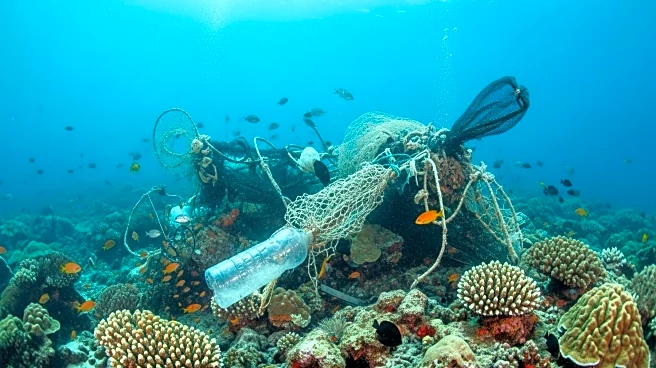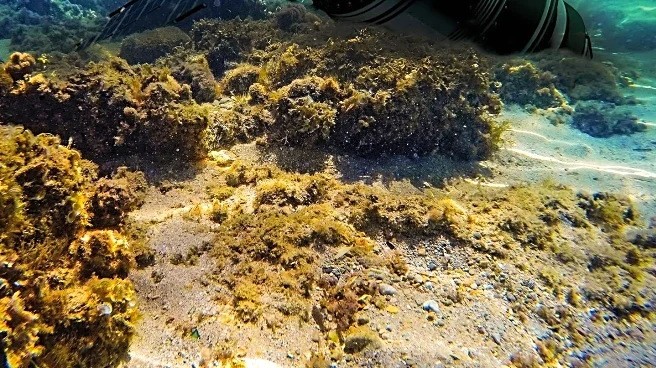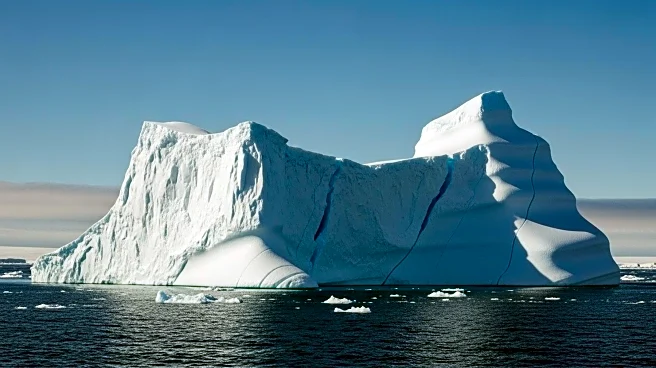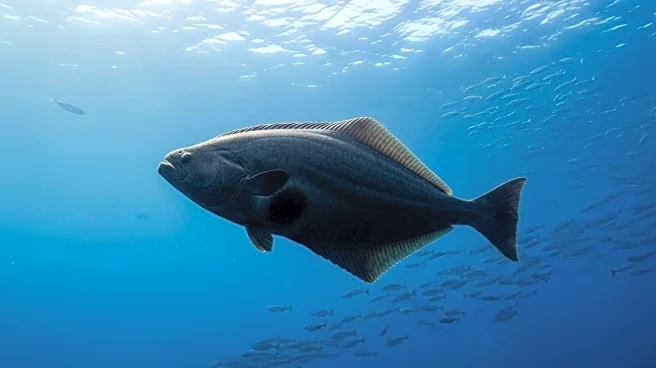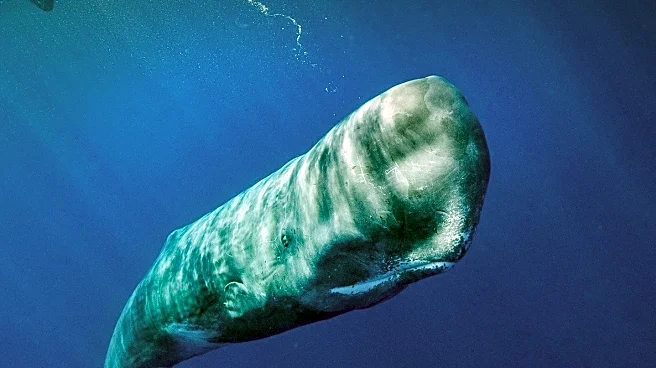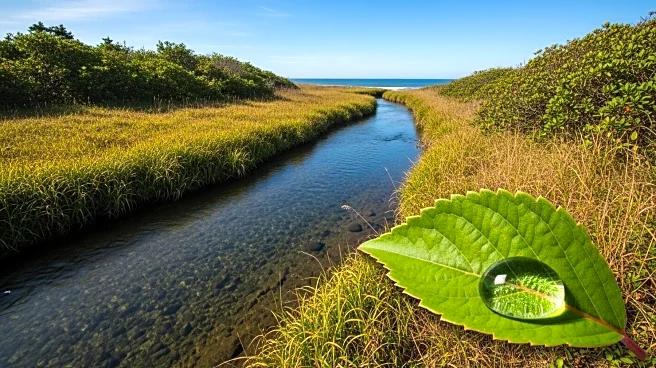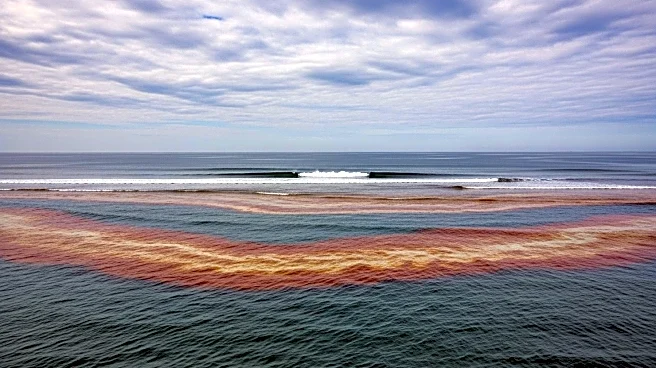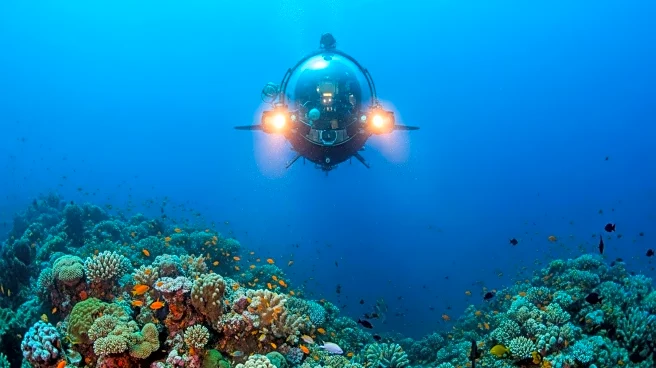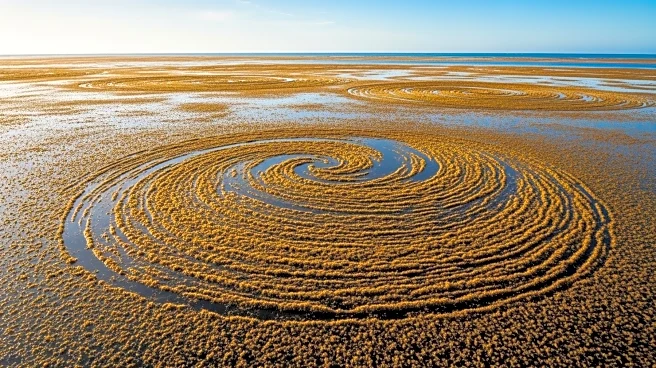What's Happening?
Photographer Nicole Tung has documented the human and environmental costs of overfishing in South-East Asia through a series of powerful images. Her work, which won the Carmignac Photojournalism Award, captures the challenges faced by fishers and their families in the region. Since the 1950s, fishing has evolved from a local artisanal trade to a global industrialized industry, leading to increased overfishing and illegal fishing to meet the demands of a growing population. Tung's project focuses on the region's significant role in the global fishing trade, highlighting the harsh realities faced by fishers, including violence and poor working conditions on fishing vessels.
Why It's Important?
The documentation of overfishing in South-East Asia by Nicole Tung sheds light on the critical issues affecting the global fishing industry. Overfishing not only threatens marine biodiversity but also impacts the livelihoods of local communities dependent on fishing. The images serve as a call to action for consumers to be more conscious of their seafood choices, emphasizing the need for sustainable practices. The project underscores the importance of addressing illegal fishing and improving working conditions for fishers, which are vital for the long-term sustainability of the industry and the protection of marine ecosystems.
What's Next?
The awareness raised by Tung's project may lead to increased advocacy for sustainable fishing practices and policy changes in the industry. Stakeholders, including governments and environmental organizations, might push for stricter regulations to combat illegal fishing and support initiatives that improve the livelihoods of fishers. Additionally, consumers may become more selective in their seafood consumption, opting for sustainably sourced products. The ongoing dialogue could foster collaborations aimed at preserving marine biodiversity and ensuring the economic stability of fishing communities.
Beyond the Headlines
Tung's work highlights the ethical and cultural dimensions of overfishing, revealing the deep connection between local communities and their marine environment. The images capture traditional practices and the cultural significance of fishing, which are threatened by industrialization. This project may inspire further exploration into the cultural heritage of fishing communities and the need to preserve their way of life amidst global economic pressures.
